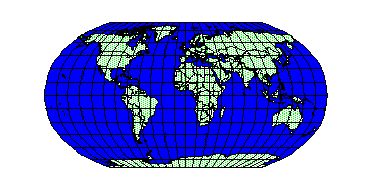Presentations with WEBCAST

Hi everybody!
Last week we had a new surprise..we tried a new way of communication: WEBCAST!
But what is exactly a webcast?
Basically,it is an online presentation but the extraordinary fact is that people giving the presentations can share this moment with other people from all over the world!
In our case with an Advanced Level class of Italian Literature at Middlebury College ,in Vermont.
Thanks to webcast, they can hear our voice and see our presentation slides on their computer screen. Moreover, the audience can make their comments or ask questions, using a chat.
So..We had the great opportunity of receiving an immediate feedback from our American listeners!
The themes of our group presentations were general comparisons between Italy and USA about some cultural aspects (eating habits, national celebrations, immigration, university system,Fraternities and Sororities) while they gave their presenations in Italian on how women are presented in Italian literature and different representations of love.
It was a wonderful experience but I have to say that my group was the first to talk and we were very very nervous!
It was also very stimulating the fact that we were in contact with the American students and that they continously ask questions and comment on our work!
I really found great satisfaction in doing it..
I have to say that I also appreciated the presentations of Middlebury College ; some of them were very interesting and ingenious! and, above all, it was nice to hear people from a different country and culture who tried to explain, understand and compare some aspects of your cultural legacy!
Last week we had a new surprise..we tried a new way of communication: WEBCAST!
But what is exactly a webcast?
Basically,it is an online presentation but the extraordinary fact is that people giving the presentations can share this moment with other people from all over the world!
In our case with an Advanced Level class of Italian Literature at Middlebury College ,in Vermont.
Thanks to webcast, they can hear our voice and see our presentation slides on their computer screen. Moreover, the audience can make their comments or ask questions, using a chat.
So..We had the great opportunity of receiving an immediate feedback from our American listeners!
The themes of our group presentations were general comparisons between Italy and USA about some cultural aspects (eating habits, national celebrations, immigration, university system,Fraternities and Sororities) while they gave their presenations in Italian on how women are presented in Italian literature and different representations of love.
It was a wonderful experience but I have to say that my group was the first to talk and we were very very nervous!
It was also very stimulating the fact that we were in contact with the American students and that they continously ask questions and comment on our work!
I really found great satisfaction in doing it..
I have to say that I also appreciated the presentations of Middlebury College ; some of them were very interesting and ingenious! and, above all, it was nice to hear people from a different country and culture who tried to explain, understand and compare some aspects of your cultural legacy!
University of Padua/Middlebury College webcasts
Photo source







